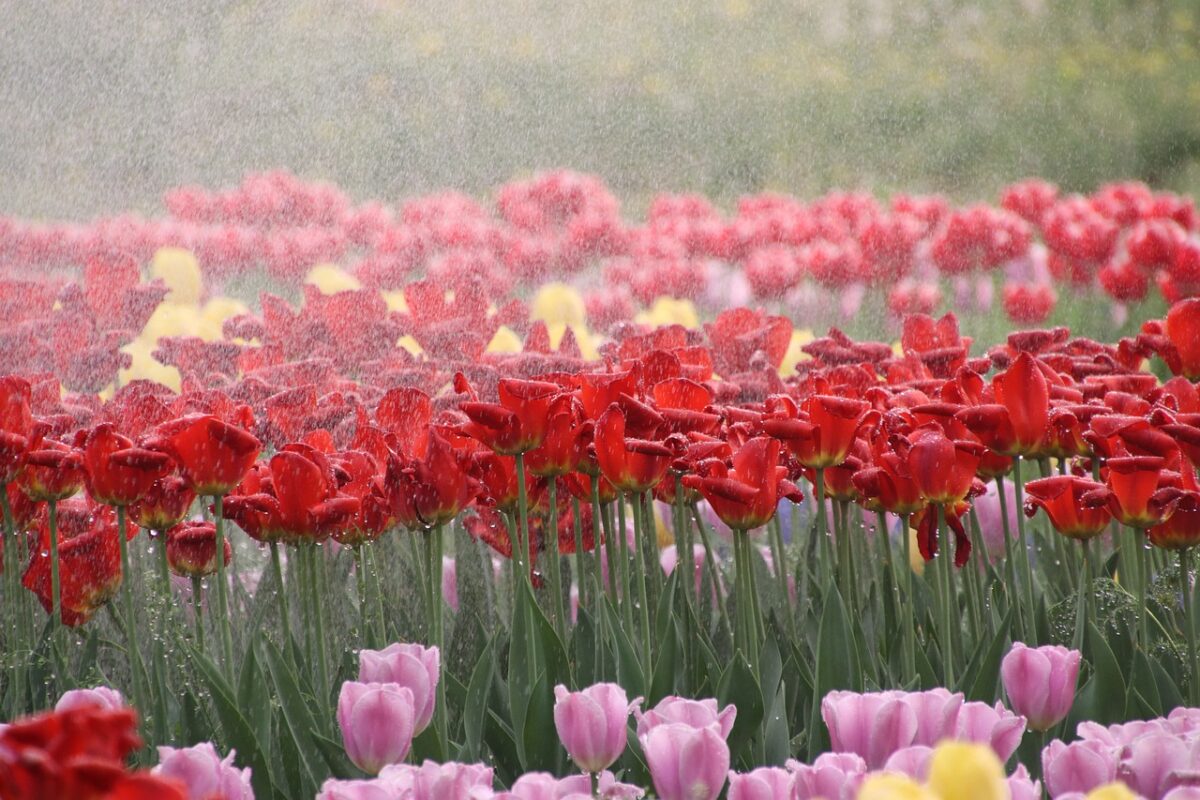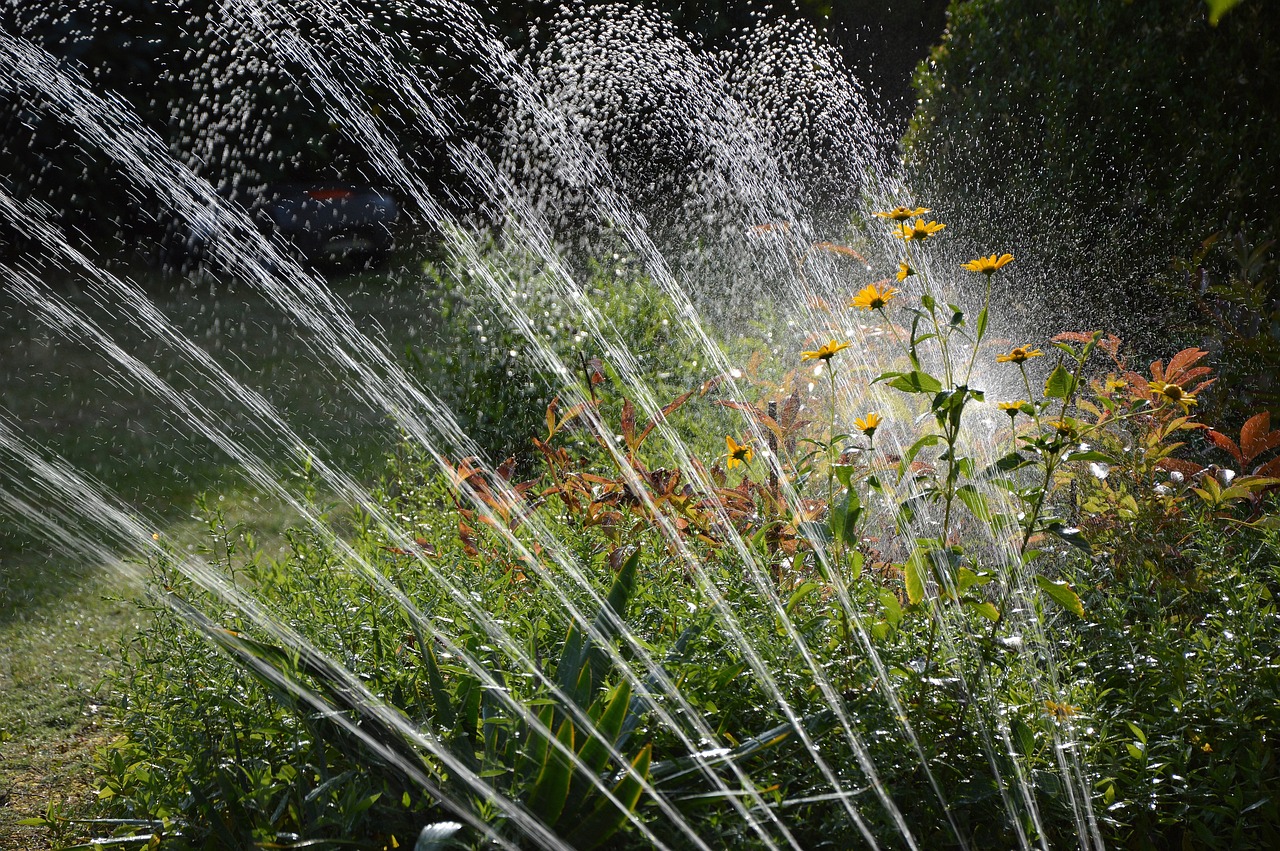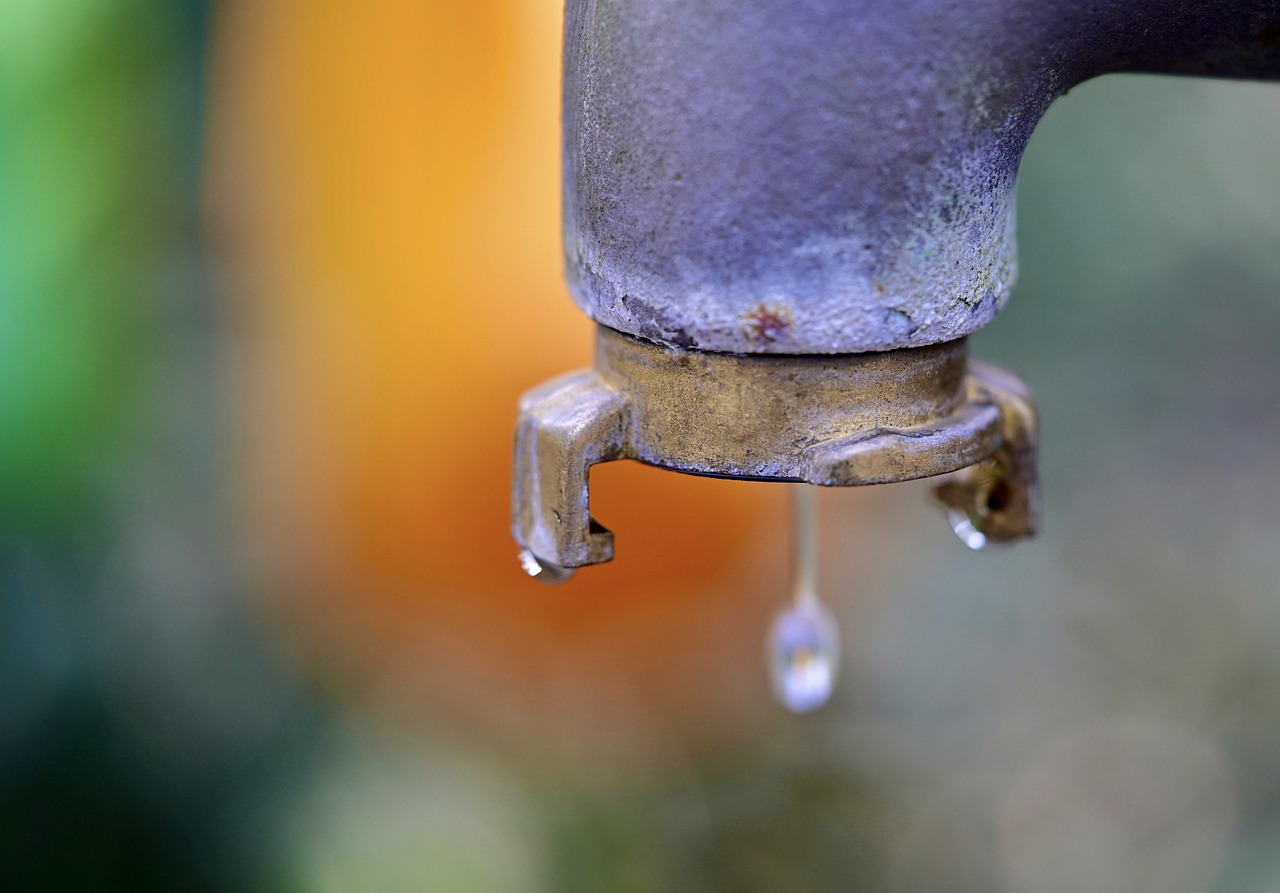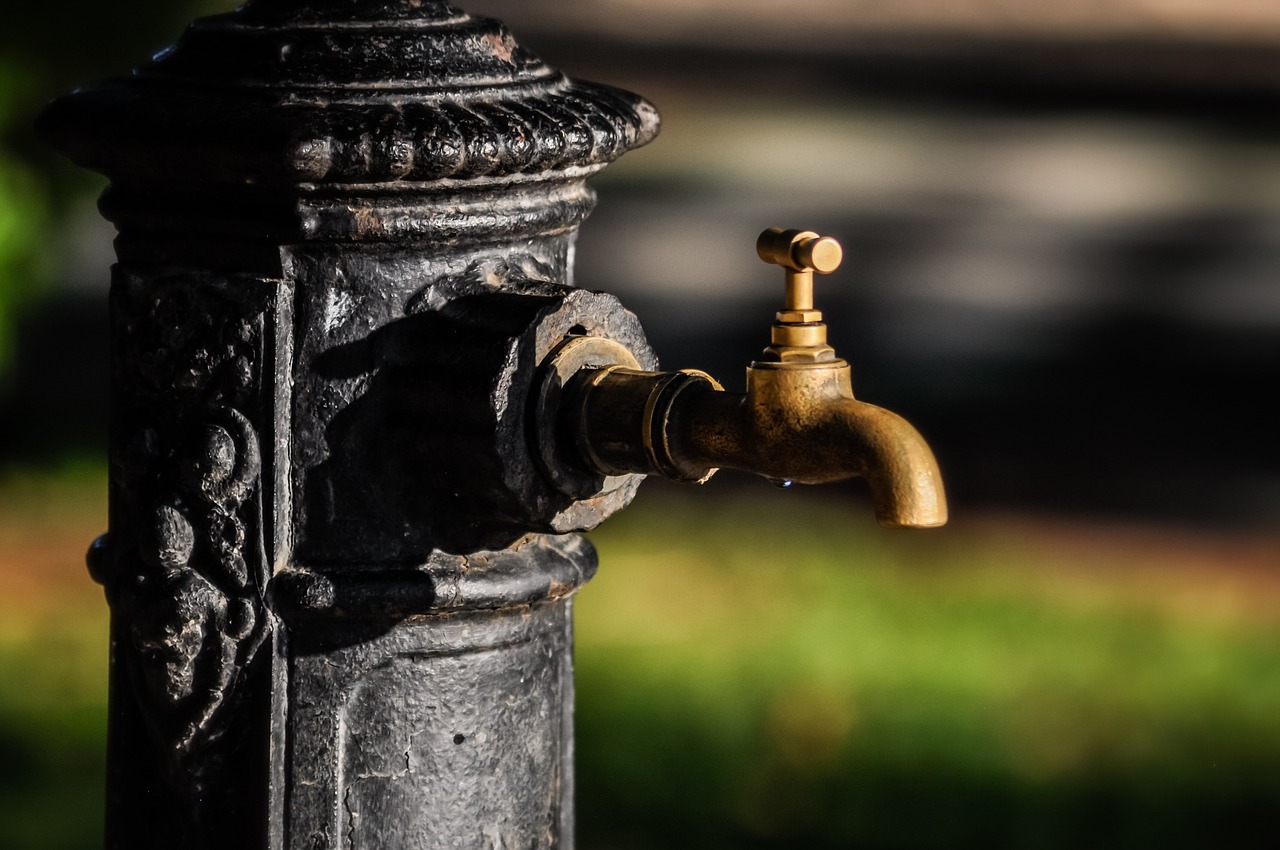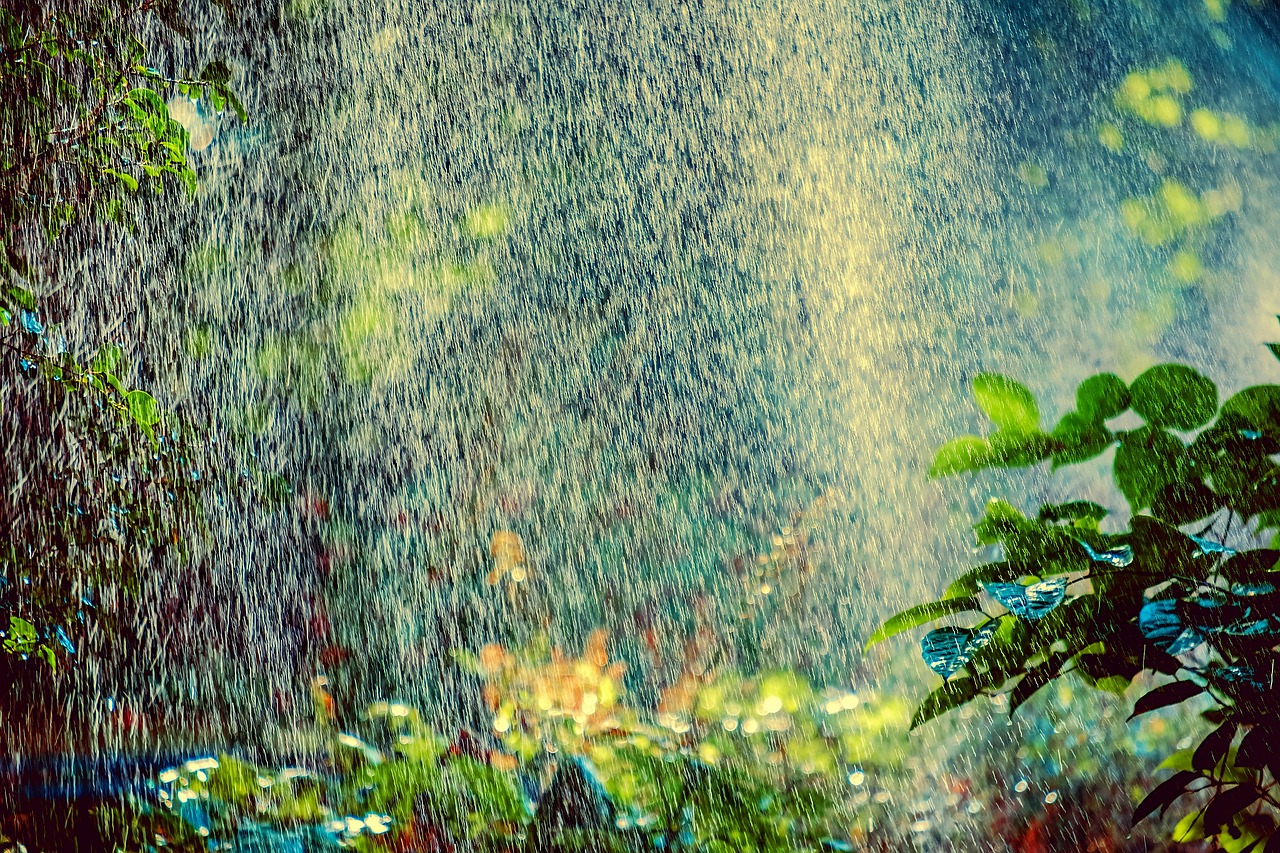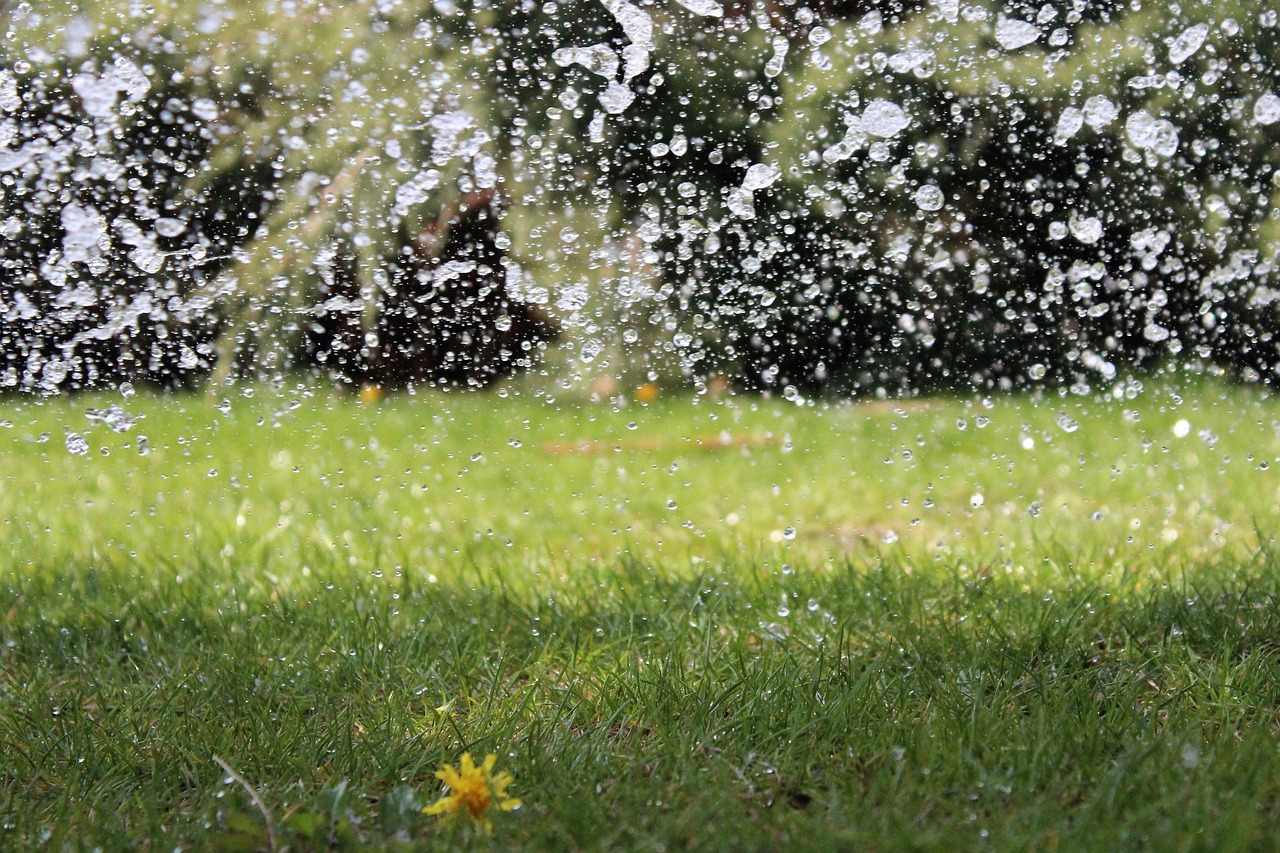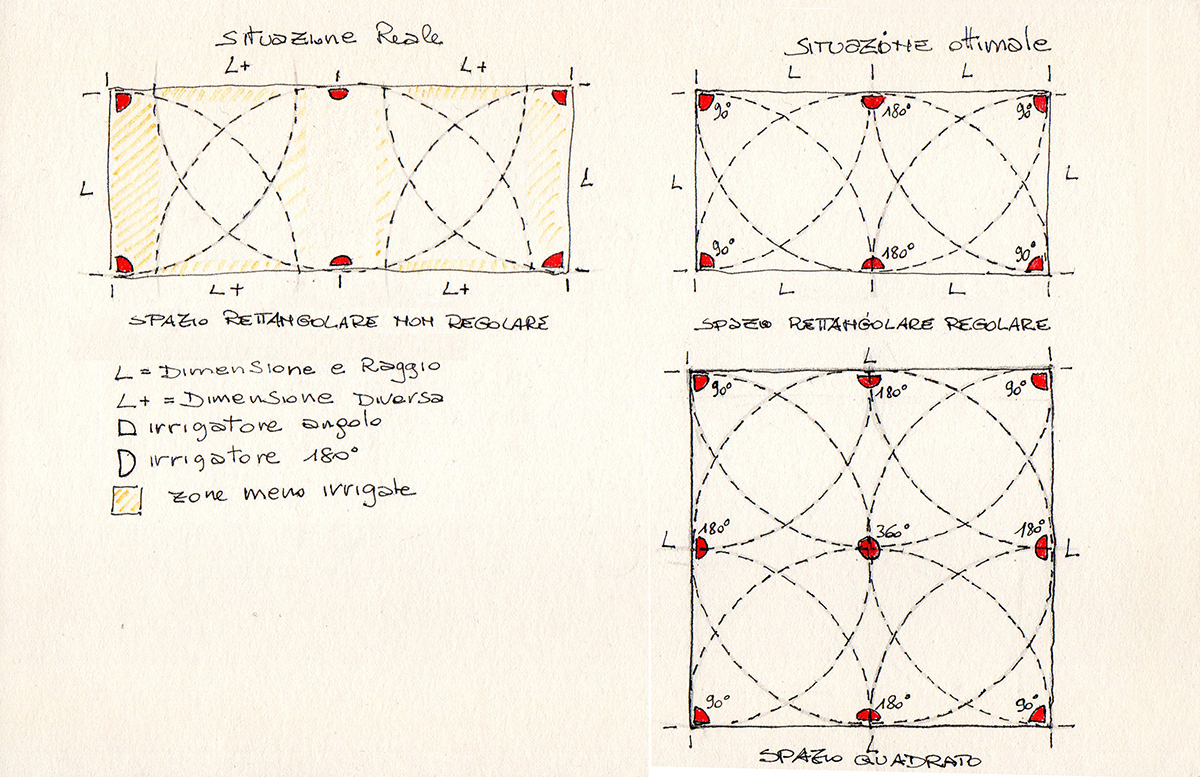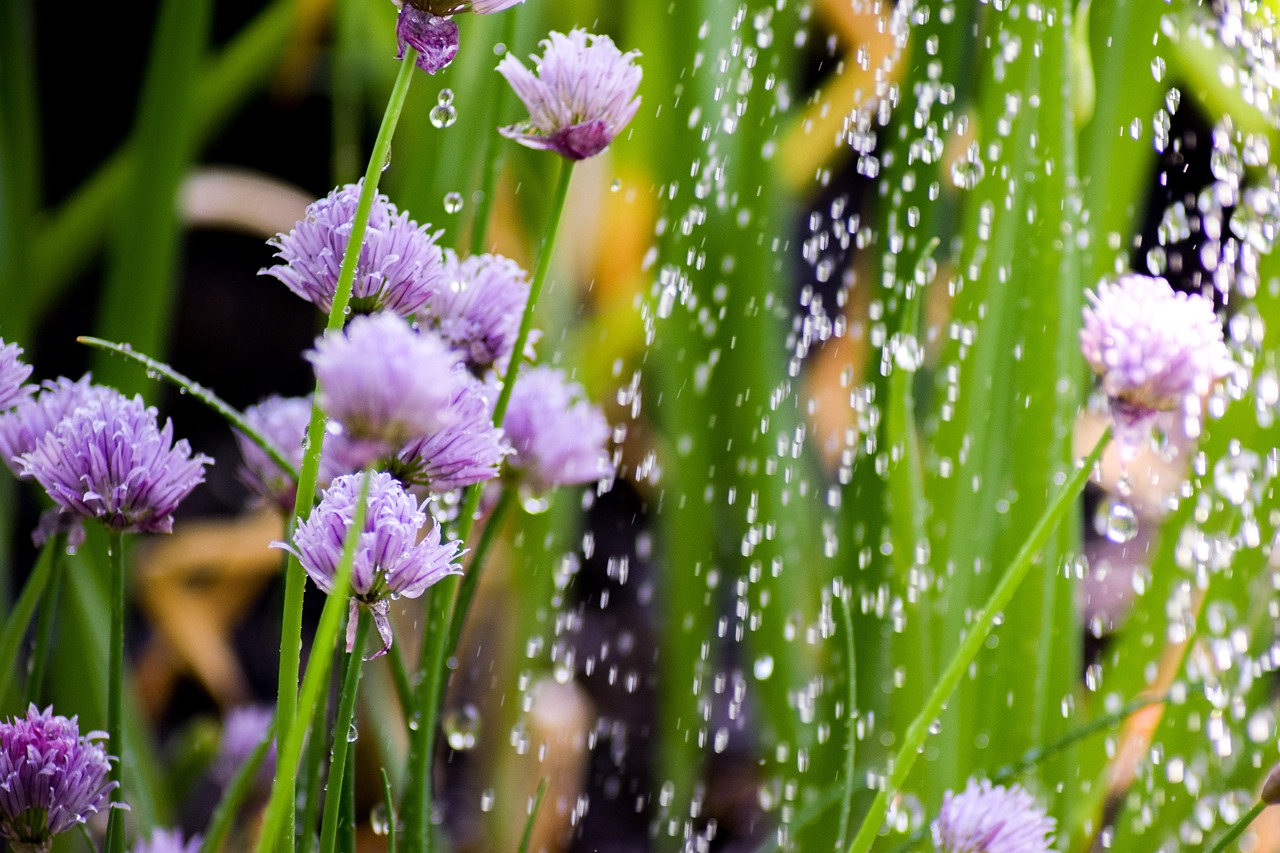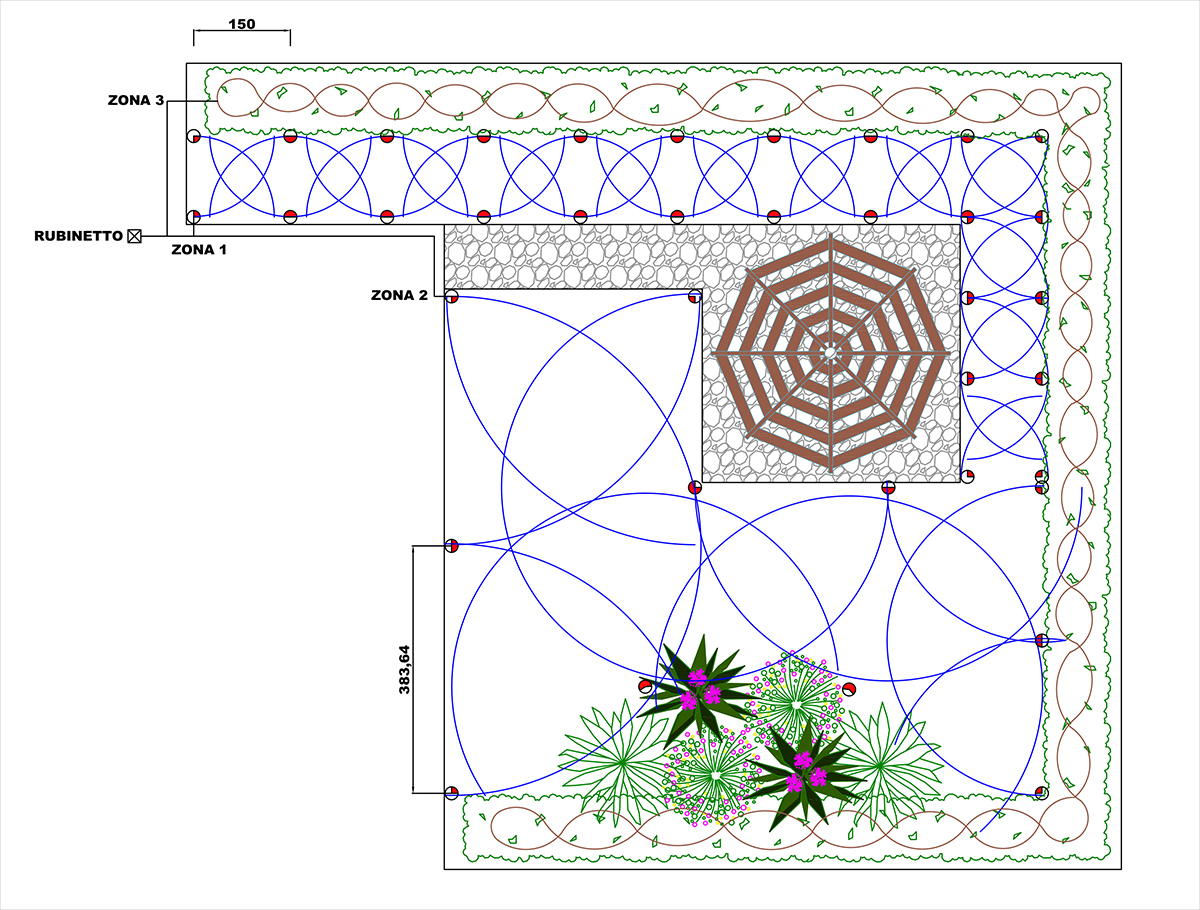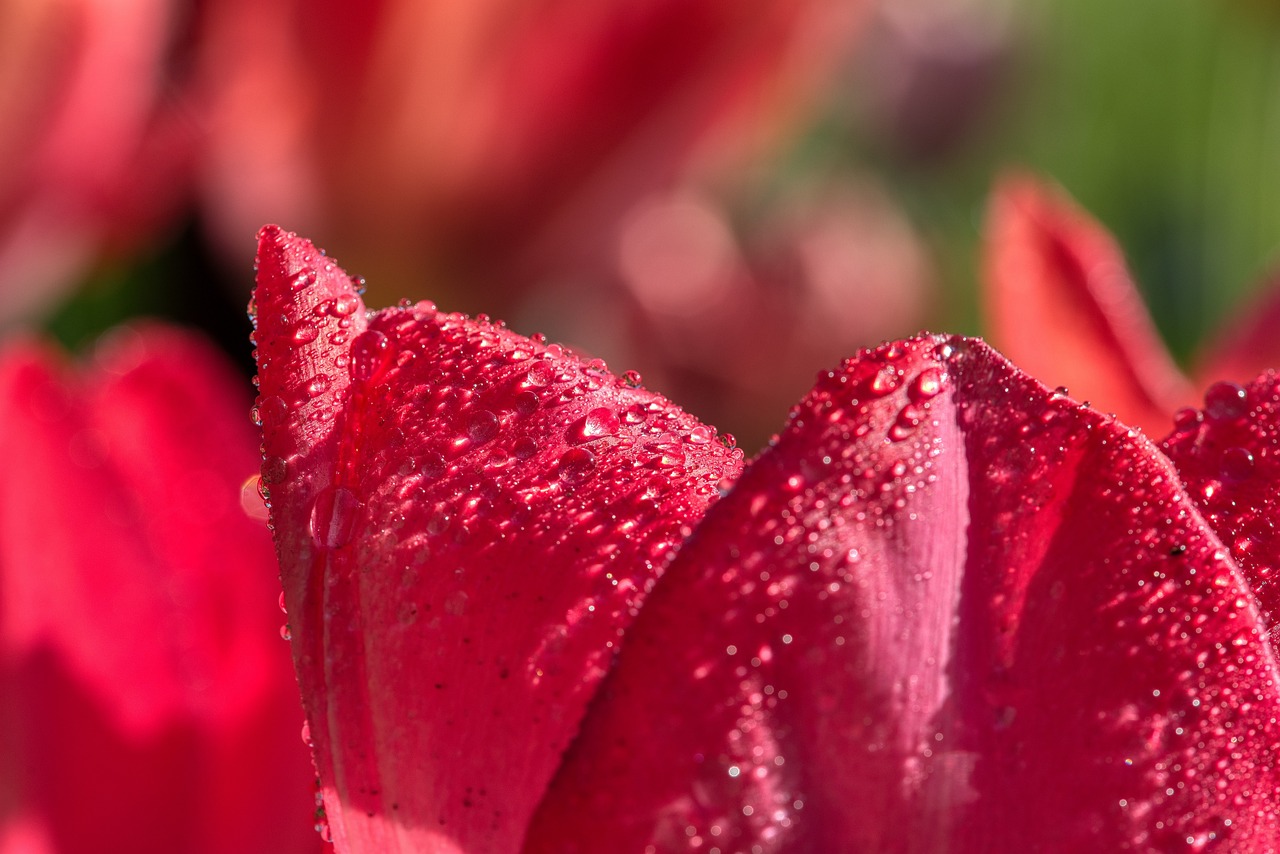How to water the garden? Do you need to have an irrigation system?
We read the introductory article “HOW TO WATER THE GARDEN”? If we have already got an idea of the characteristics of an irrigation system, in this article we will go into more detail. In fact, working in the garden is fun and exciting and will lead us to be aware of what we will ask the gardener or landscaper (whether the garden is large or complex).
You don’t know ‘Who is the Landscaper’? Really? Haven’t you read the article that explains who it is and what it’s for?
Here it is: “WHO IS THE LANDSCAPER” to understand how useful it can be.
The irrigation system protects us: The advantages for us and our garden
We already know that the system allows us to use less water and therefore spend less and better and also to go on vacation in peace and without guilt.
How to design an irrigation system?
We will start from the elements that make up the plant and then tackle the project and, in the next article, we will proceed with the construction or at least with its monitoring.
The basis of every garden irrigation system: It starts with the tap and the pressure test
The first thing you need to know about your garden is what kind of soil we have. To find out, we advise you to read the article “HOW TO UNDERSTAND THE COMPOSITION OF A SOIL“.
The second thing to know before designing an irrigation system is:
What is the pressure of the water when it comes out of the external faucet? How do I calculate the water pressure?
In fact, we have already said that the external tap is necessary in a garden for many reasons including the connection of the irrigation system. Even if you only have one connection in a well, let us put a tap or a fountain from which you can get water.
Now that we have the tap, we need to figure out how much pressure there is and how many liters per minute we have available. If you only have the cockpit, it’s not something you can do: it will take a professional with dedicated tools. For the pressure you need a manometer and on the internet you will find how to use it by searching for ‘how do I calculate the water pressure’.
For the litres/minute, once the tap has been installed, place a graduated bucket underneath or where we have marked the 5, 10 and 15 liter notches. We do three tests so we are more relaxed.
In the next article I will insert the link where you can find the description of how to proceed and also how to divide into zones, a topic that we will discuss shortly.
The plant project
What do we need to know to design or have an irrigation system designed for our garden?
After defining the amount of water available and checking that you have sufficient pressure, we proceed with the project.
Let’s start by saying that making an irrigation project is not easy. In this article, we cannot and do not want to replace an irrigation system design course or the experience of a gardener who has not only studied, but also has a lot of experience in the field. We will therefore insert here only a few indications that will allow you to have fun drawing it WITH CRITERIA.
It must also be said that what they teach you in the courses is never what you see in the gardeners’ projects. Often, in built systems, fewer sprinklers are placed than those that would fit into a project and that’s not always a bad thing. This article will allow you to ask the right questions to the professional and to understand the answers.
Let’s start by saying that the sprinklers are placed on the perimeter of the garden even if not only.
The three golden rules for designing an irrigation system
The first rule is that 90° sprinklers go on corners; those with 180° go along the perimeter and those with 360° in the centre. The adjustable with free angle are used for all other situations.
The second rule is that each zone must have identical sprinklers, therefore either all static, all dynamic or with dripline.
The third rule states that the positioning of the sprinklers must be as regular as possible and that each sprinkler has its opposite in front of it.
Some examples of garden irrigation systems
How to position the sprinklers according to the shape of the garden
Let’s take just a couple of examples to understand each other: if we have a regular rectangle or a square where there is only a lawn, the sprinklers will be placed as in the drawing.
And if the garden is not square or rectangular? If it is crossed by a driveway? Do we have plants or flowers? What kind of plants are they? Where are they positioned?
What are the variables to consider in the design of the irrigation system
The more irregular the measures and shapes of the garden space are, the more it will be necessary to know the rules of the project in order to be able to design it.
A good project, in fact, provides that paths and flower beds are not wet. The paths should not be wet because they could become slippery at night and facilitate the growth of moss or weeds. The flower beds should not be watered from above because the drops do not like the flowers which get damaged or worse fall if they are delicate and here too the water could facilitate fungal and bacterial diseases.
Garden Zones: How to identify and divide them
Now let’s face a slightly more complex L-shaped garden, with a perimeter hedge, a flowerbed area, a walkway and a paved area with a gazebo.
We note that two irrigation zones can be distinguished: a narrower one and a wider one. If the pressure and the water available at the source (the external tap) allow it, we will therefore create two zones: one with static sprinklers and one with dynamic sprinklers.
We will have to avoid the hedge, the flowerbed, the walkway and the paved area with a gazebo.
The hedge and the flower bed will be wetted with drip line. We will see what it is in the next article “THE IRRIGATION SYSTEM FOR THE GARDEN: THE CONSTRUCTION”.
The perimeter of the garden therefore, in this case, useful for placing the sprinklers, passes in front of the hedge and not on the real one.
The arrangement of the sprinklers and what type of sprinklers to use depending on the area of the garden
Looking at the drawing you will notice that in zone 1 there are static sprinklers with a range of about 1.25 metres: n°5 of 90°, n°20 of 180° and n°1 of 270°. N°26 static sprinklers.
In zone 2 there are dynamic sprinklers with an adjustable range from 2.40 to 4 meters: n°5 of 90° (adjustable), n°3 of 180°, n°1 of 270° and n°2 with variable angle ( around 210° and 220°). N°11 dynamic sprinklers.
Usually the static ones are much more than the dynamic ones due to the different water flow and radius.
Adjustable sprinklers cost more than fixed ones, but are necessary if you have to deal with an irregular corner or an area where plants will change size such as those in a flower bed.
Zone 3 is the one with the dripline turned twice around the plants to provide the right amount of water, in this case for a total of 80m. of tube.
Project costs: How much will we spend to build an irrigation system
The project does not have an autonomous cost. Usually the companies that would check your project do it for free because their goal is to sell you the material.
The professional – landscaper or gardener – includes it in the price of the entire job, we consider it more important that you are given a plan with the position of all the sprinklers.
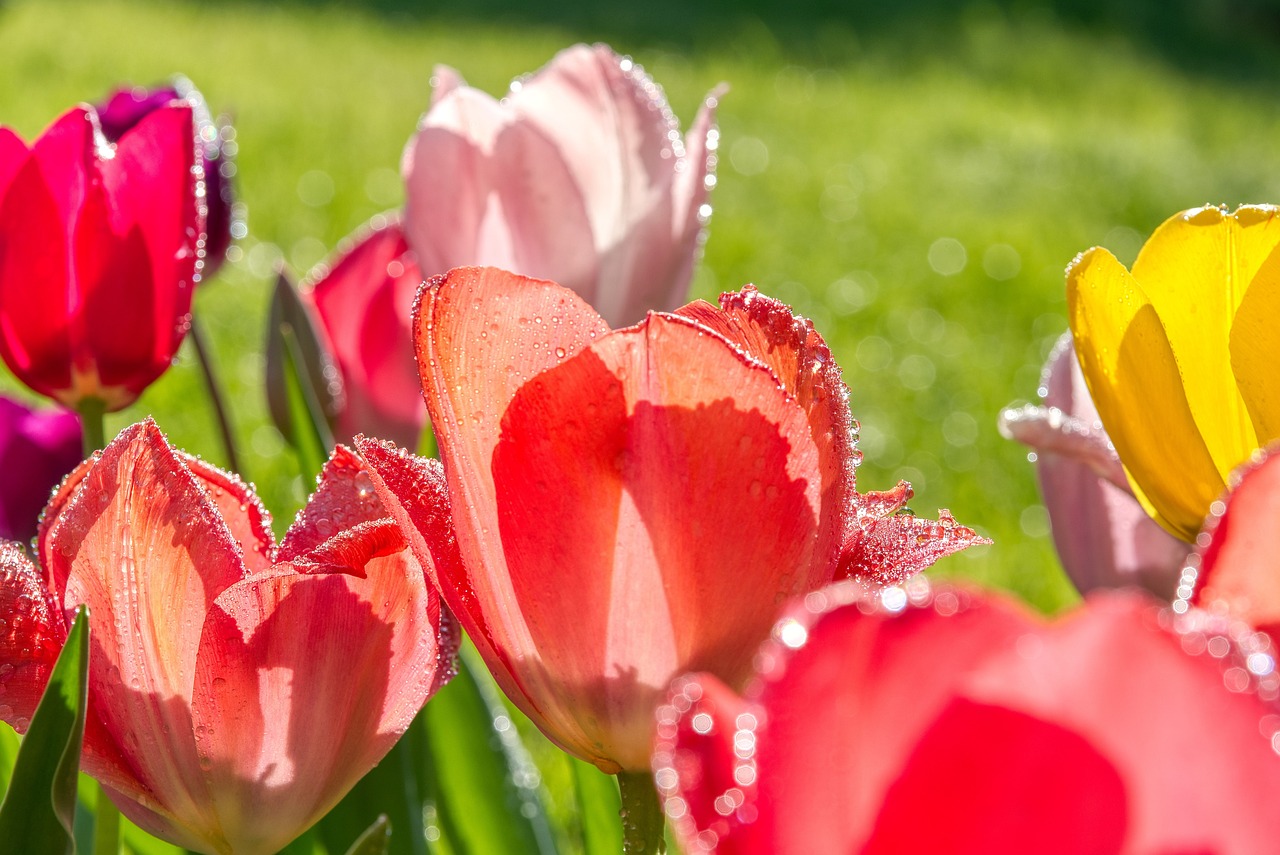
THE WORLD OF GARDEN TIPS
The shops where they sell the material for irrigation systems usually give a system control and design service, so if you want to check your work you can consult with them.
Now on horseback! Work awaits us! Our new wonderful outdoor space is about to be born!
GOOD WORK and…if you have any questions or want to send photos of your finished work, write to info@ilmondodelgiardino.com
image sources thanks from Pixabay for the red tulips Zhu Bing; for the yellow daisies Peggy Choucair; for the Mariya Muschard tap mouth; for the Mac231 fountain; for total irrigation Coleur; for the water suspended on a meadow Iman Nazari; for wet chives Anna Waldl; for the fuchsia and colored tulips Gabriele Lasser.


